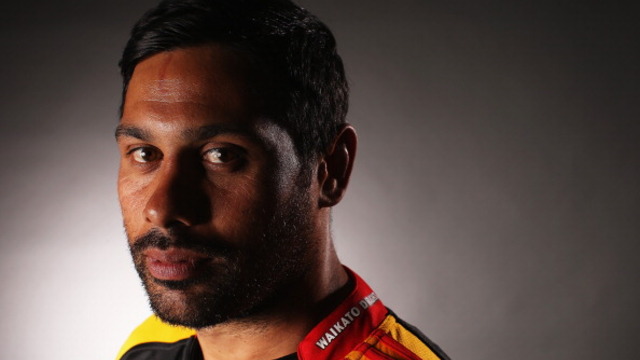The world may be starting to catch up with New Zealand. A few years ago the All Blacks recruited former Aussie Rules player Mick Byrne onto the coaching staff. Graham Henry and his team had identified catching the high ball as one of the most influential parts of the modern game of rugby and they knew that Aussie Rules players had practised and analysed the skill more than any other sport.
The Crusaders beat the Waratahs at the weekend because they were able to dominate the restarts in the second half. All 23 of the Crusaders points after the break came from possession they retained after winning a restart. They won four of their own restarts in a row and each time it led to points. The Crusaders also brought in a Waratah’s restart, put up a box kick, won that ball in the air, and scored a try from it.
Kieran Read was brilliant at winning the short ball up the middle. The Whitelocks were going after the ball to the wing. One of the secrets to the Crusaders success was not to put too much hang time on the ball. That allows the defence to organise their pods and their blockers. It is just flat enough to make it a straight contest.
In contrast the Blues have been awful at coping with restarts this season. Friday night was another case in point. Mike Harris put up a hanging kick-off but the Blues flankers failed to run out both chasers and Peter Saili knocked on the ball under pressure from Dom Shipperley. From that possession the Reds went through four phases to score in the corner and set the tone for the match.
The ability to win the high ball is now a very important selection criterion for the All Blacks as we saw at the World Cup. Richard Kahui and Cory Jane were particularly valued for this skill and it is a huge part of Read’s game. Richie McCaw and Sam Whitelock are also very useful at bringing in the high ball.
Sometimes I think the defending side spends too long banging the ball up the middle from the kick-off, instead of clearing it earlier. That was particularly costly to Scotland at this year’s Six Nations, but it is the modern fashion. Not every team is a follower. Will Genia of the Reds is far likely to opt for an early clearance.
One method that we haven’t seen used much in rugby yet is the end-over-end kick favoured by American Football teams needing to win the ball back in the final minute of the game. Maybe it is too high risk an option for both the attacking team and the defending team. Or maybe the size of the rugby ball makes it less conducive to rearing up as the American football sometimes does.
But there is no doubt it has become a huge issue in the modern game – there were 16 starts and restarts in the match between the Waratahs and the Crusaders, a lot of possession against a defensive side that is initially vulnerable because of how its players are spaced around the pitch – and if you want to read an amusing and informative take on the issue go to Will Greenwood’s blog.
Greenwood says his right nipple was once responsible for conceding the fastest try in Premiership history. He also quotes Francois Pienaar as saying: “If you control the restarts, you control the game.”
That sounds good, but is a little too good of a soundbite to be completely true. The Chiefs didn’t control the restarts against the Hurricanes, yet they controlled the match. But winning the aerial battle is a huge part of modern rugby. Hand position, height, body angle, blockers, kick trajectory, changing the point of attack and much, much more. Sport or science, Aussie Rules or aerodynamics and biomechanics, there’s a lot to get right. And as usual the All Blacks and Crusaders are near the front of the evolution.




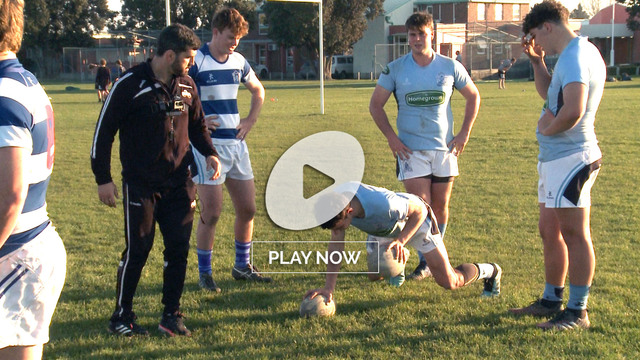
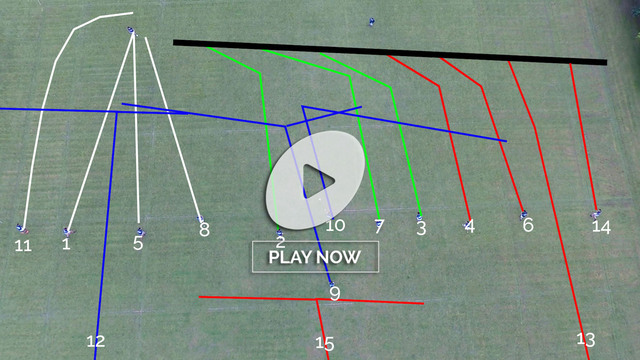
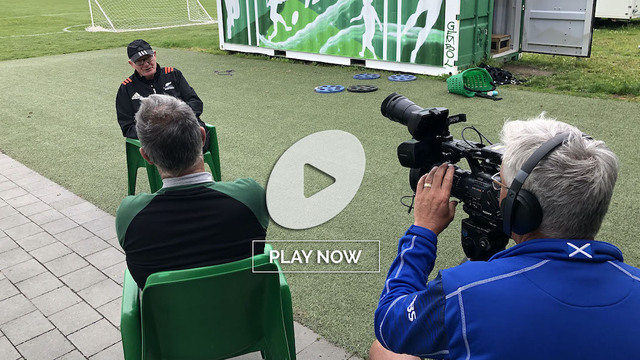
.jpg)
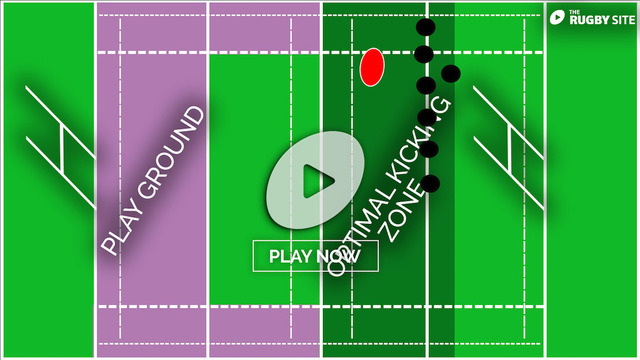
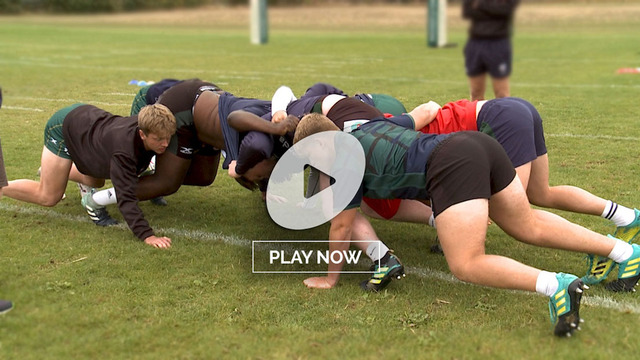
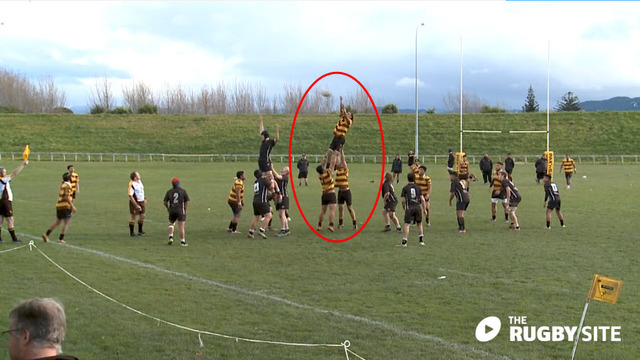
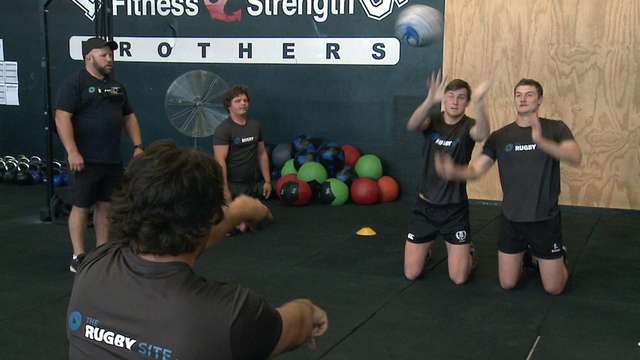
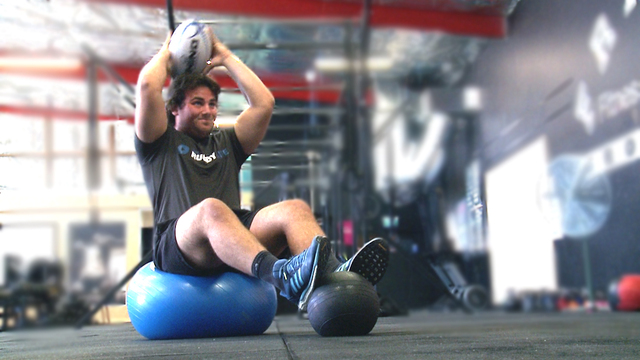
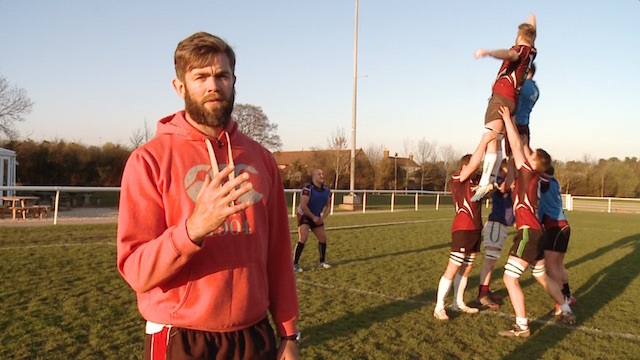
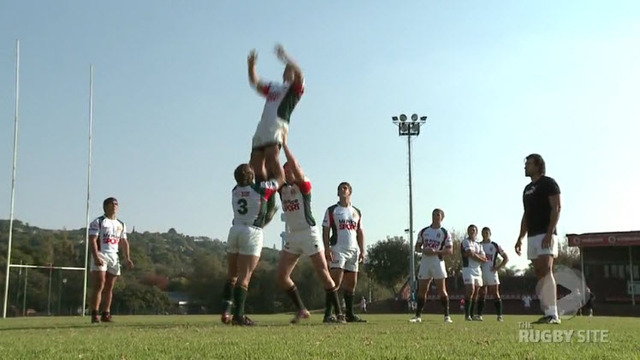
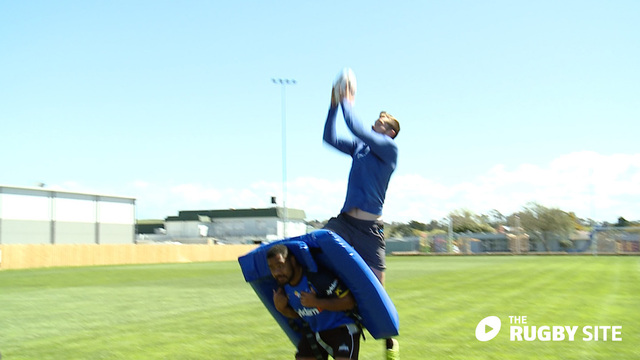
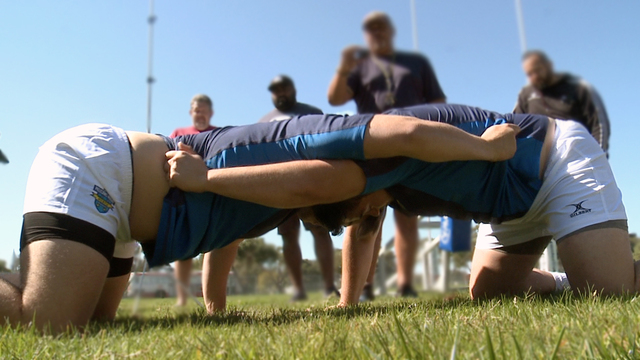
.jpg)
